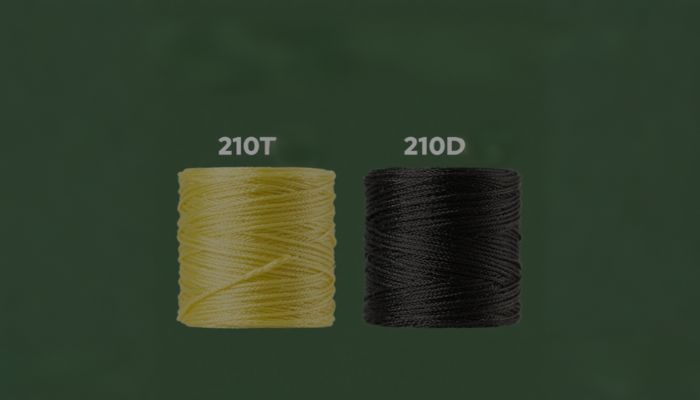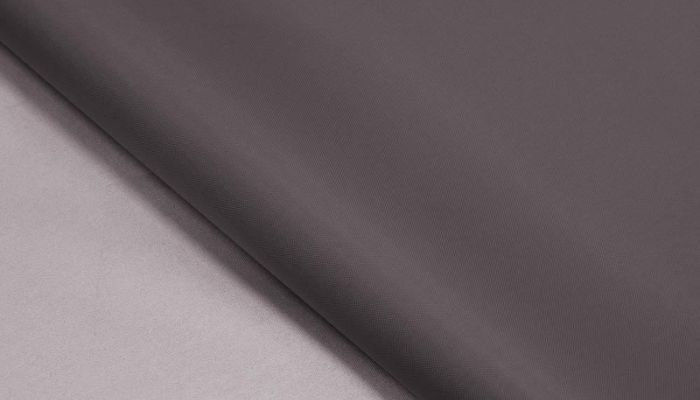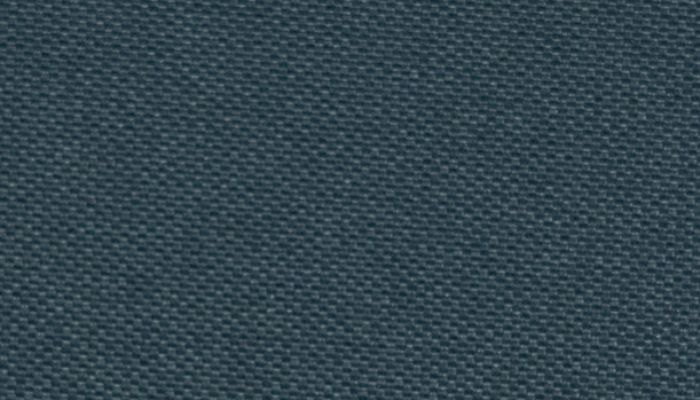
When it comes to choosing the right material for backpacks and outdoor gear, nylon is a popular choice due to its durability, lightweight nature, and versatility. Among the different types of nylon fabrics, 210T and 210D are two commonly used variants. But what exactly is the difference between 210T and 210D nylon, and how does it impact the quality of your products?
In this post, we’ll break down the key differences between these two types of nylon, helping you make the best choice for your business or personal needs.
What is 210T Nylon?
The “T” in 210T nylon stands for “denier thread,” which is a measurement of the thickness of the individual threads used in the fabric. A 210T nylon fabric means it has 210 threads per square inch.

Key Characteristics of 210T Nylon:
-
Lightweight: 210T nylon is generally lighter than 210D, making it a great choice for products that need to be portable, such as travel backpacks, rain covers, and lightweight outdoor gear.
-
Smooth Texture: 210T nylon tends to have a smooth finish, which makes it resistant to water penetration, and it’s often used for water-resistant applications.
-
Durability: While it’s not as strong as 210D nylon, 210T still offers decent durability and is often used in products that are not exposed to heavy wear and tear.
Best Uses:
-
Camping gear
-
Lightweight backpacks
-
Emergency rain covers
What is 210D Nylon?
210D nylon is made from thicker fibers compared to 210T nylon. The “D” stands for denier, which measures the weight of the fabric. 210D nylon has a higher denier count, meaning the threads used in the fabric are thicker and stronger than those in 210T nylon.

Key Characteristics of 210D Nylon:
-
Stronger and More Durable: 210D nylon is much stronger and more abrasion-resistant than 210T nylon. It can handle more wear and tear, making it ideal for products that will undergo heavy use.
-
Heavier and Thicker: 210D nylon is heavier and has a denser weave than 210T, which makes it more resistant to tears and punctures.
-
Water-Resistant: While it may not be as water-resistant as 210T, 210D nylon is still a solid choice for backpacks, luggage, and outdoor gear that require durability and some level of water resistance.
Best Uses:
-
Backpacks for heavy use
-
Outdoor gear like tents and sleeping bags
-
Luggage for travelers who need a durable material
Key Differences Between 210T and 210D Nylon
Now that we’ve broken down what each fabric is, let’s summarize the key differences:
| Feature | 210T Nylon | 210D Nylon |
|---|---|---|
| Fabric Strength | Lighter and less durable | Stronger and more durable |
| Weight | Lighter and more compact | Heavier and more robust |
| Durability | Moderate durability, good for light use | Excellent abrasion and tear resistance |
| Water Resistance | More water-resistant | Water-resistant, but less so than 210T |
| Best For | Lightweight backpacks and rain covers | Heavy-duty backpacks, travel gear |
Which One Should You Choose?
-
Go for 210T nylon if you need a lightweight, compact fabric for products like travel backpacks or rain covers that won’t be exposed to heavy wear.
-
Opt for 210D nylon if you need a stronger, more durable fabric for products that will endure heavy use, like backpacks for hiking, luggage, or camping gear.
Conclusion: Choosing Between 210T and 210D Nylon
Both 210T and 210D nylon have their place in the world of backpacks and outdoor gear. The best choice depends on your needs:
-
If you’re targeting lightweight and portable products that still offer some durability, 210T nylon is a solid option.
-
For heavy-duty and long-lasting products that can handle tough conditions, 210D nylon is the way to go.
Understanding the difference between 210T and 210D nylon is essential for selecting the right material for your products, whether you’re sourcing backpacks for resale or designing your line of outdoor gear. Make sure to choose based on the level of durability, weight, and water resistance required for your specific products.



